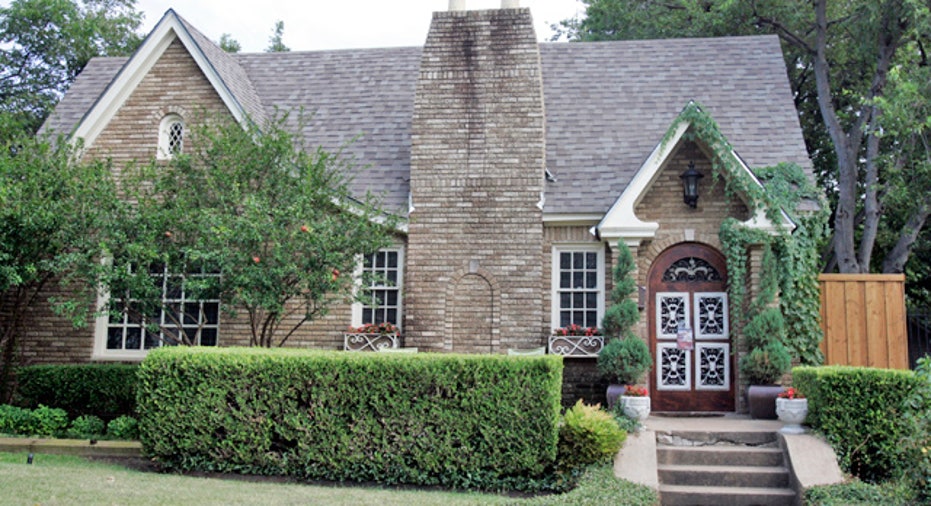Building up to Code not Your Insurer's Problem

If a disaster covered by home insurance destroys your house, one big expense might catch you by unpleasant surprise -- the cost of meeting new building codes.
Most standard home insurance policies don't cover the expense of bringing the house up to current codes if the structure didn't meet the latest regulations before disaster struck.
It's a problem that many East Coast homeowners face in the wake of Superstorm Sandy. Hundreds of residents in risky flood zones in Connecticut, for instance, must elevate their homes if they want to rebuild them. Houses that suffered serious damage must meet current sea level elevation requirements and all other building codes when they are rebuilt.
The Federal Emergency Management Agency offers homeowners with flood insurance $30,000 of "Increased Cost of Compliance" coverage to help pay for the elevation, but that's often not enough to cover the cost.
Policy holes
"This has been a big issue in the wake of big storms," says J. Robert Hunter, director of insurance for the Consumer Federation of America. "Consumers go to an agent to buy insurance, the agent says it's 'full coverage,' and they assume they're insured. Consumers don't read the fine print."
And they don't learn about the insurance holes until they file a claim.
Unless you're in the construction trades, you're probably unaware of how building codes have changed through the years. After all, you're not required to update the house every time a code is changed. But once you rebuild, all the current regulations come into play.
Building codes vary by community. Often they change as the result of disasters, such as earthquakes or floods, says Tully Lehman, a spokesperson for the Insurance Information Network of California.
Many new codes were created after the 1906 San Francisco, 1933 Long Beach, 1971 San Fernando and the 1994 Northridge earthquakes in California, for instance. New building standards to protect homes better from wildfires were developed after the 2003 and 2007 Southern California wildfires. New construction standards have also been set in flood zones in many parts of the country.
"If you have an older home, it could be quite costly to bring it up to code," he says.
Code coverage
Some high-end home insurance policies, such as Prestige Home by Fireman's Fund, include coverage for building code upgrades. The product, marketed for homes worth $500,000 or more, provides unlimited coverage in most states for building code upgrades when a home has been seriously damaged by a covered loss, such as a fire. The exception is in Florida, where the building code upgrade coverage is capped at 30% of the dwelling coverage, says Brian Milnamow, Fireman's Fund vice president.
"Our coverage is designed to be comprehensive," he says.
Some other home insurance policies, meanwhile, include a small amount of coverage for building code upgrades, and still others include no coverage. That doesn't mean you have to go without. To get coverage for building code upgrades, you can buy "law and ordinance insurance" as an add-on to your home insurance policy. The cost varies, but is roughly $50 to $75 a year, Lehman says.
Lehman recommends reviewing your home insurance policy with your agent to determine whether you have coverage for building code upgrades and if you should purchase additional coverage.
Milnamow recommends the coverage for anyone who has an older home or lives in an area where building codes have changed a lot, such as coastal and earthquake-prone areas.
"It's about understanding the history of your home and understanding the code changes in your county since your home was built or drastically renovated," he says.
Hunter, meanwhile, wants insurance companies to make their policies easier to understand. He has asked states to require that insurers provide consumers with a simple checklist of what a home insurance policy covers and what it doesn't cover. None so far has run with the idea, but New York officials recently said that they'd take it under advisement, he says.
The original article can be found at Insure.com:Surprise! You're not covered for building up to code



















